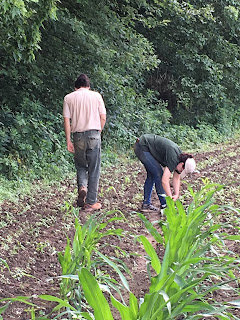On Tuesday, I joined a group of resource interns on a journey to look for an endangered plant called Harperella that lives in riparian areas and shoals in the Potomac.
After several ours and few different locations, the mysterious Harperella was located, a good sign for the potomac river ecosystem, often dominated by invasive species. Unfortunately, I did not take a Picture of the Harperella, but it looks like a much smaller Queen Anne’s Lace.
 |
| My boots begin to fill up with water |
| The team takes a break to skip some rocks |
| Lunch time |
On Wednesday, I was traded out of Resources in order to spend a day in the park’s dispatch center, which also happens to be the communicates center for the entire National Capital Region. Mike, a long time dispatcher, showed me his responsibilities during a day in the life. We had a lot of false building alarms due to power outages, maintenance, and employees, as well as many calls about a Great Blue Heron with fishing line around its beak. Mike regaled me with many stories as he and another dispatcher, Allen, monitored the radio communication for the entire region and assisted the rangers when needed.
| Justin inspects a dry dock for canal boats |
On Thursday, I went out with Justin, the park’s Archaeologist. We visited a handful of known archaeological sites, modern and prehistoric, looking for any human disturbances or previously undiscovered artifacts. We visited a Civil War fort, several locks and lock houses, and several fields owned by the park currently under agricultural leases.
 |
| A field under agricultural production |
There was no evidence of relic hunters, though it was clear people had been to some of the sites more recently than the Native Americans, canal workers, and Civil War soldiers who created them. At the fort, I found a piece of glass likely left there by civil war soldiers. In one of the agricultural fields, a prehistoric site, we found numerous examples of chert flakes, byproducts of the process of making stone points and arrowheads. This was pretty exciting for me; as a child I always wanted to be a paleontologist. This wasn’t quite the same as digging up dinosaur bones, but its about as close as you can get.
 Other Justin, the cave specialist intern, accompanied us on our archaeological inspections, and showed us a couple more pretty sweet caves. The smaller Cave, pictured above, was also an archaeological site, as it had a carving in it that claimed to be from 1862. You just had to brave the spiders and centipedes to check it out.
Other Justin, the cave specialist intern, accompanied us on our archaeological inspections, and showed us a couple more pretty sweet caves. The smaller Cave, pictured above, was also an archaeological site, as it had a carving in it that claimed to be from 1862. You just had to brave the spiders and centipedes to check it out.
The second cave was much larger, and thankfully free of spiders. This one contained more evidence of human tampering, unfortunately in the forms of graffiti and beer cans. It also had this pretty crazy passage that extended for several hundred feet. It was small enough that you had to crawl on your hands and knees, but big enough so that I could turn around in it and not get freaked out. Justin crawled down it in the name of science, to monitor the water level at the far end where the tunnel was no longer navigable. I crawled down it because you can’t visit a cave with a cool tunnel that other people are crawling through and not crawl through yourself.
 |
| Justin, barely visible at the far end of the tunnel |
On Friday, I was back with my pals in the Youth Conservation Corps. We attempted to clear a large retaining wall of vegetation, but we were rained out. So we returned to headquarters where we replaced some shelving in the parks archival storage room.







Be First to Comment